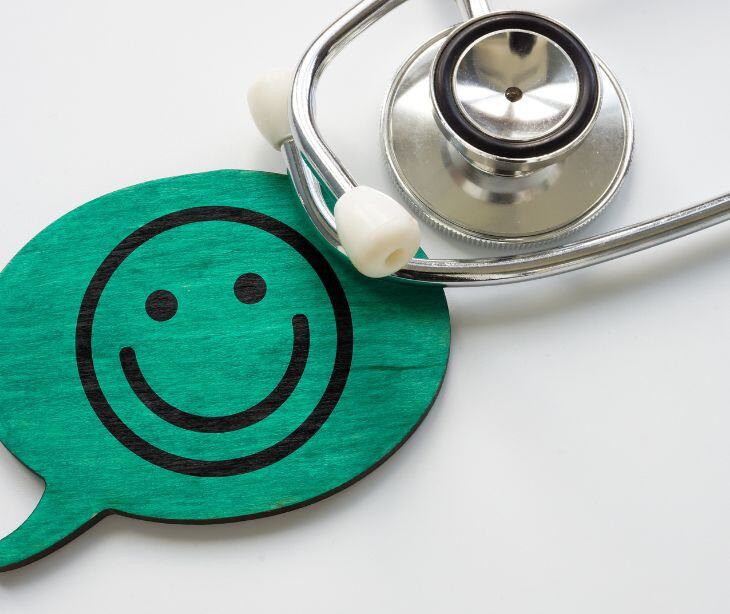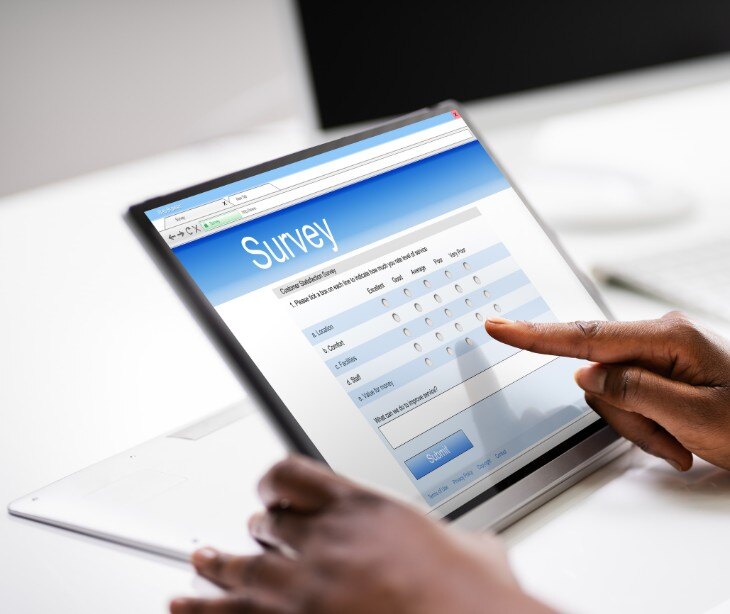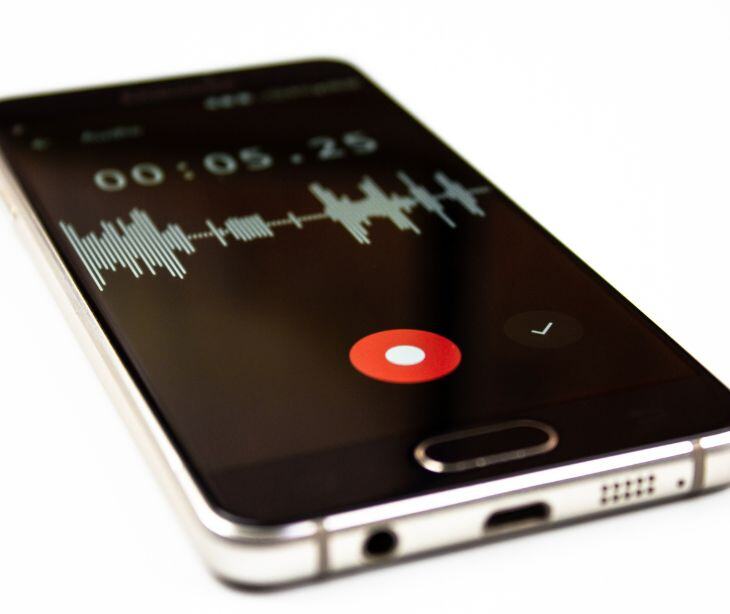
Collecting patient feedback in healthcare helps enhance service quality, patient satisfaction, and healthcare outcomes. Organizations should prioritize anonymity by employing anonymous surveys or secure digital platforms that avoid collecting identifiable information to ensure HIPAA compliance during this process. They should implement robust data minimization strategies, de-identify feedback before sharing it, conduct regular audits of their processes, and educate staff on HIPAA regulations to safeguard patient privacy while using it for continuous improvement.
The importance of patient feedback
Patient feedback can be a tool for healthcare providers striving to deliver high-quality care. According to a recent scoping review on health service improvement using positive patient feedback, "Prior studies suggest that positive patient feedback can create change in health services that benefits patients. It is possible that positive feedback might be more effective than negative feedback at creating change." Organizations can identify strengths and weaknesses, implement necessary improvements, and ultimately enhance patient satisfaction and outcomes by soliciting and analyzing patient experiences.
Understanding HIPAA regulations and their application to collecting patient feedback
The Privacy Rule
The HIPAA Privacy Rule defines PHI as any information that can be used to identify a patient and relates to their past, present, or future health condition, treatment, or payment for healthcare services. That includes demographic data, medical histories, test results, and even patient feedback if it contains identifiable details. Healthcare organizations must ensure that patient feedback collection processes do not inadvertently collect or disclose PHI without proper authorization. The HHS clarifies that "An authorization is a detailed document that gives covered entities permission to use protected health information for specified purposes, which are generally other than treatment, payment, or health care operations, or to disclose protected health information to a third party specified by the individual."
The Security Rule
Under the HIPAA Security Rule, covered entities must implement safeguards to protect ePHI, whether it is stored electronically, transmitted, or accessed. This rule mandates administrative, physical, and technical measures to ensure the confidentiality, integrity, and security of patient information. When collecting feedback electronically or through digital platforms, healthcare organizations must employ encryption, access controls, and secure storage solutions to mitigate risks of data breaches.
The Breach Notification Rule
The Breach Notification Rule requires healthcare providers to notify affected individuals, the Department of Health and Human Services (HHS), and, in some cases, the media in the event of a breach of unsecured PHI.
Read more: Navigating HIPAA’s Breach Notification Rule
Challenges in ensuring HIPAA compliance during patient feedback collection
- Ensuring data anonymity: Collecting patient feedback in a manner that completely anonymizes responses can be challenging. Patients may inadvertently provide identifying information, and ensuring all data is de-identified requires meticulous processes.
- Managing secure data transmission and storage: Safeguarding patient feedback data during transmission and storage involves implementing robust encryption and security measures. Maintaining up-to-date security protocols and protecting against cyber threats can be an ongoing challenge.
- Obtaining patient consent: Securing explicit patient consent for collecting and using feedback can be difficult, especially ensuring patients fully understand how their data will be used and protected. Using patient feedback data without proper consent can violate HIPAA regulations, risking legal repercussions and damaging the organizations reputation.
- Handling sensitive information in feedback: Patient feedback may inadvertently include PHI, such as details about their health conditions or treatments. Identifying and appropriately handling this sensitive information is complex and requires diligent review processes.
- Collaborating with third-party vendors: Noncompliance by third-party vendors can expose patient data to risks, making the healthcare organization liable for any resulting HIPAA violations.
- Regular staff training and awareness: Keeping all staff members updated on HIPAA regulations and best practices for collecting and handling patient feedback requires continuous education and training efforts. Insufficient staff training can lead to unintentional HIPAA breaches, as employees may not be fully aware of compliance requirements or how to handle patient data securely.
- Balancing feedback utility and privacy: Detailed feedback can provide valuable insights but also increases the risk of identifying individual patients. Overemphasis on detailed feedback can lead to privacy breaches, while overly anonymized feedback might result in the loss of valuable insights needed to improve patient care.
HIPAA compliant methods for collecting patient feedback
Anonymous surveys
Anonymous surveys are an effective method for collecting patient feedback while maintaining HIPAA compliance. Organizations can use paper-based surveys with secure collection methods or HIPAA compliant online forms that encrypt data transmission and ensure secure storage. Designing surveys to avoid collecting identifiable information such as names, dates, or specific medical details helps prevent inadvertent disclosure of PHI.
Kiosk feedback systems
Deploying kiosk feedback systems in waiting areas or exam rooms allows patients to submit anonymous feedback electronically. These touchscreen interfaces should incorporate data encryption during transmission and adhere to secure storage practices to protect patient confidentiality. Kiosk systems provide a convenient and private way to gather patient experiences without compromising their privacy.
Website or email forms
Integrating secure feedback forms into healthcare websites or HIPAA compliant email provides another avenue for collecting patient feedback. Organizations should ensure these forms are designed to avoid collecting PHI and that the underlying platforms comply with HIPAA regulations regarding data security and privacy.
Verbal feedback with opt-in recording
For in-person interactions, healthcare providers can obtain verbal consent from patients to record their anonymous feedback. This method allows for richer detail in patient experiences while ensuring compliance with HIPAA. Clear communication with patients about how recordings will be securely handled and stored can help maintain patient trust and confidentiality.
Focus groups with prior authorization
Conducting focus groups can provide deeper insights into patient perspectives and experiences. However, healthcare organizations must obtain written authorization from participants beforehand, explaining how they will use the feedback and ensure confidentiality.
Best practices for maintaining HIPAA compliance
- Staff training: Provide comprehensive training on HIPAA regulations to all staff involved in collecting or handling patient feedback. This includes understanding the definition of PHI, obtaining proper patient authorization, and implementing secure data handling procedures. Regular training updates help maintain awareness and adherence to HIPAA standards.
- Data minimization: Only collect the minimum necessary information required for gathering feedback. Avoid asking unnecessary demographic questions or probing for sensitive medical details that could potentially identify a patient. Organizations reduce the risk of inadvertent disclosure of PHI by limiting data collection to essential elements.
- De-identification of data: Implement de-identification processes when sharing feedback for purposes like quality improvement. That involves removing all identifiers from feedback data before sharing it with stakeholders. Techniques include eliminating names, dates, locations, and other details that could link feedback to specific individuals, thereby protecting patient anonymity and confidentiality.
- Regular reviews and audits: Conduct regular reviews and audits of patient feedback collection methods to ensure ongoing HIPAA compliance. That includes auditing data collection forms, reviewing procedures, and assessing the effectiveness of security measures.
- Designating a HIPAA compliance officer: Appointing a dedicated HIPAA compliance officer within the organization helps oversee and coordinate compliance efforts related to patient feedback.
Secure data management and handling
Encryption and access controls
Use encryption techniques to secure data during transmission and storage, particularly for electronic feedback submissions. Implement access controls to restrict data access to only authorized personnel, preventing unauthorized disclosure or misuse of patient information.
Related: A guide to HIPAA and access controls
Secure data storage
Choose secure storage solutions for storing both electronic and physical feedback data. Electronic storage systems should comply with HIPAA requirements for data encryption and backup procedures. Physical storage of paper-based feedback should incorporate measures like locked cabinets or rooms to prevent unauthorized access.
Incident response plan
Develop and maintain an incident response plan to promptly address any potential breaches or security incidents involving patient feedback data. This plan should outline procedures for investigating breaches, mitigating risks, and notifying affected individuals and regulatory authorities as the HIPAA Breach Notification Rule requires.
Transparency and communication with patients
Communicate to patients how their feedback will be used, stored, and protected. Additionally, provide information on privacy practices, data security measures, and their rights under HIPAA, including the right to access their PHI.
Respect and uphold patient rights under HIPAA, including the right to access, request amendments to, and obtain an accounting of disclosures regarding their PHI. Ensure that feedback collection processes do not infringe upon these rights and that patients know their rights regarding their health information.
Using HIPAA compliant tools and vendors
Choose survey platforms, kiosk systems, or feedback forms that adhere to HIPAA regulations regarding data security and privacy. Ensure that vendors provide assurances of compliance through business associate agreements (BAAs). BAAs outline responsibilities for safeguarding PHI and specify measures for compliance, thereby mitigating risks associated with third-party data handling.
FAQs
Can patient feedback be shared with staff for training purposes?
Patient feedback can be shared with staff for training if it is de-identified to remove any PHI. Ensuring anonymity and confidentiality helps comply with HIPAA regulations.
Are there guidelines for collecting patient feedback through social media platforms under HIPAA?
Healthcare organizations should be cautious when collecting patient feedback via social media to avoid inadvertent disclosure of PHI. It is advisable to use secure, HIPAA compliant methods and obtain explicit patient consent where applicable.
How should healthcare organizations handle negative patient feedback?
Negative patient feedback should be handled with care to protect patient privacy. Responses should avoid confirming or disclosing any PHI mentioned in the feedback and focus on addressing concerns without identifying the patient.
Subscribe to Paubox Weekly
Every Friday we'll bring you the most important news from Paubox. Our aim is to make you smarter, faster.



